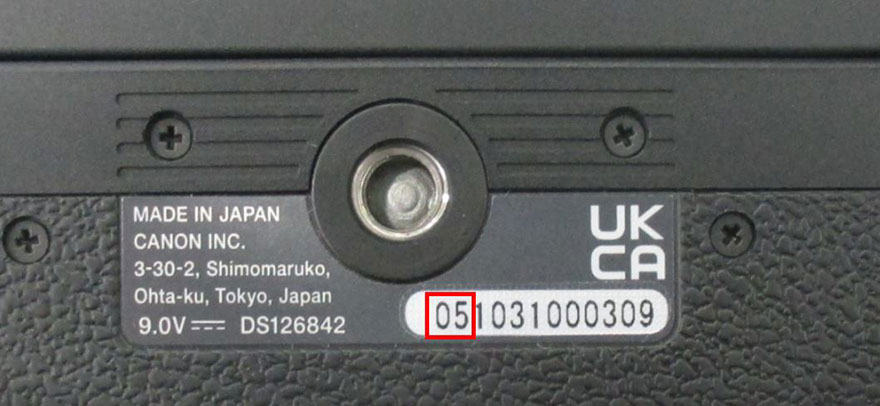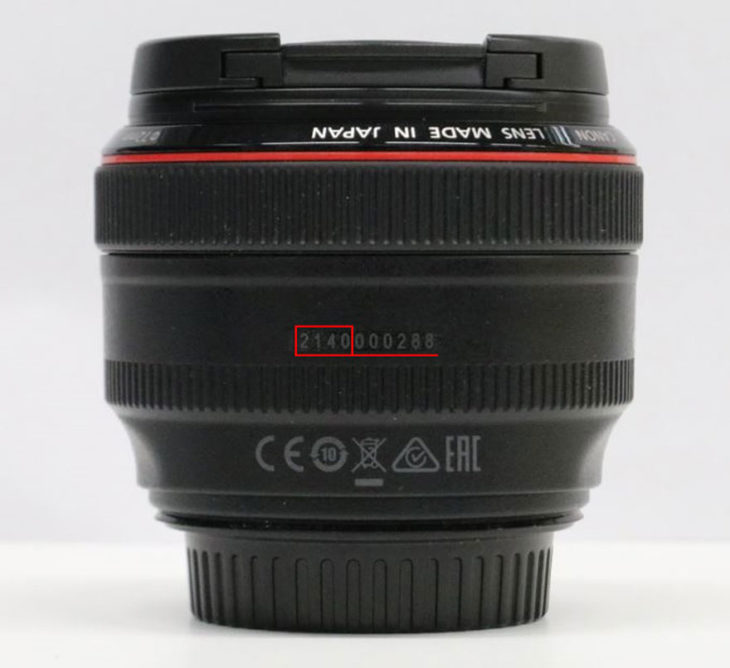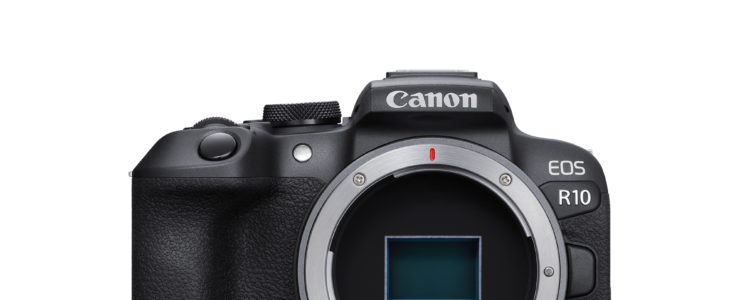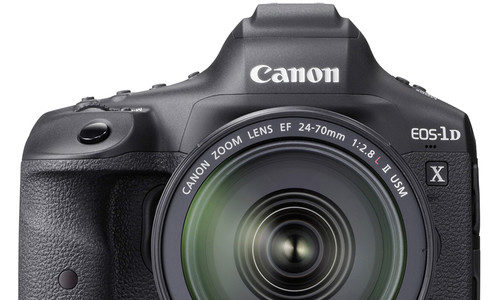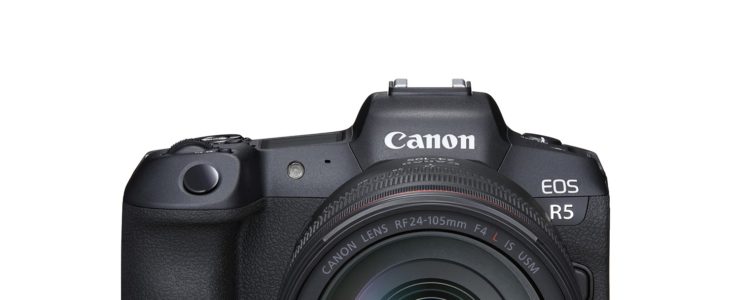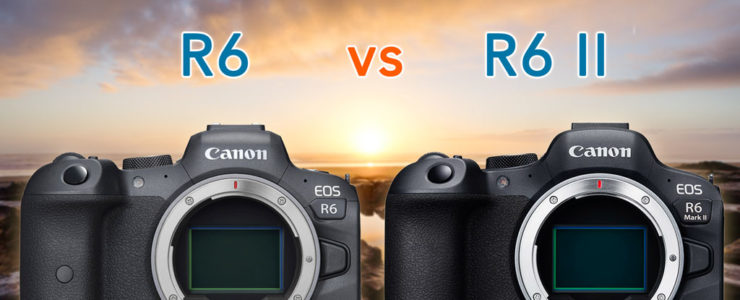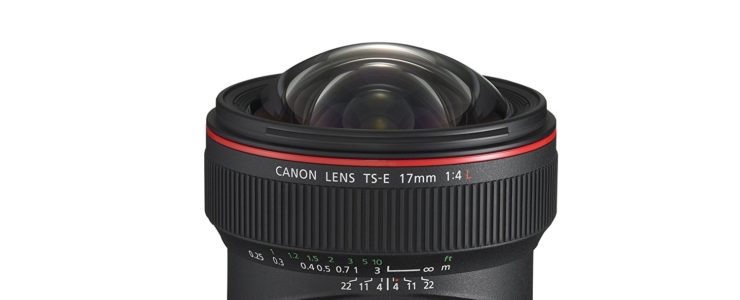Want to know what differences there are between the Canon EOS R6 Mark II and the previous iteration, the EOS R6? Read on.
Canon EOS R6 at a glance:
- 20MP Full-Frame CMOS Sensor
- DIGIC X Image Processor
- 4K60p and FHD 120p 10-Bit Internal Video
- Sensor-Shift 5-Axis Image Stabilization
- 12 fps Mech. Shutter, 20 fps E. Shutter
- Dual Pixel CMOS AF II with 1053 Points
- 0.5″ 3.69m-Dot OLED EVF
- 3″ 1.62m-Dot Vari-Angle Touchscreen LCD
- Subject Tracking with Deep Learning
- Dual SD UHS-II Memory Card Slots
Canon EOS R6 Mark II at a glance:
- 24.2MP Full-Frame CMOS Sensor
- 4K60 10-Bit Internal Video, C-Log 3
- External 6K ProRes RAW Recording
- Dual Pixel CMOS AF II
- 12 fps Mech. Shutter, 40 fps E. Shutter
- Sensor-Shift 5-Axis Image Stabilization
- 3.69m-Dot OLED EVF
- 3″ 1.62m-Dot Vari-Angle Touchscreen LCD
- Dual UHS-II Memory Card Slots
- Multi-Function Shoe, Wi-Fi and Bluetooth
Our friends at Mirrorless Comparison compared the Canon EOS R6 and the Canon EOS R6 Mark II. In the conclusion they say…:
At first, the improvements brought to the R6 mark II may not seem too important, but after using the camera for nearly three weeks, I’m confident to say the new model has been refined in such a matter that it gets quite close to perfection.
There are small yet useful improvements, like having a dedicated switch for the movie mode, which allows you to use the custom modes when recording videos, and not just when taking photos. Extra features such as the HF Anti-Flicker can be a godsend in specific situations, whereas others such as Focus Stacking can become that extra tool you learn to appreciate quickly. All this to say that the R6 II is a more complete camera.
The new 24MP sensor doesn’t bring a substantial improvement when it comes to dynamic range or high ISO, but you get those 4 extra megapixels if you feel 20MP is a bit too low. The readout speed is also faster, so using the electronic shutter will result in less distortion with fast movements.
The autofocus has gained a few extra settings and is more advanced when it comes to subject tracking. The latter may not always make a difference, but I found the R6 II to be better in low light, to the point of being as reliable as it is in good light situations.
Read the full review at Mirrorless Comparison
The review is complete and comes with sample images, test charts and everything you might expect from a professional review, so I suggest you check it out at Mirrorless Comparison. You might also watch the video below to get the review.
Btw, these are the 10 differences:
- Sensor: it’s mainly about the (small) difference in 4MP. Dynamic Range and high ISO are similar.
- Body Controls: a few small changes make the R6 II even better to use, but they are identical for the most part
- Connectivity: faster WiFi and extra USB options for the R6 II (including webcam mode)
- Battery Life: a bit better on the R6 II overall, especially when recording video
- Continuous Shooting: the R6 goes up to 20fps, the R6 II works up to 40fps with less rolling shutter, and it has extra options like the Pre-Shooting mode, but buffer is more limited.
- Video: no more overheating problems with the R6 II, no more recording limitation, less rolling shutter and no sensor crop in 4K 30p and 60p
- Other Features: the R6 II packs extra functionalities including Breathing Compensation, Focus Stacking, High Frequency Anti-Flicker mode, and more
- Autofocus: the R6 II has a more advanced software, and I find the camera better in low light. My birds in flight test shows comparable performance.
- Stabilisation: the R6 is a bit better for stills, but both are on the same level for video
- Price: the R6 II is more expensive
More Canon EOS R6 Mark II review coverage is listed here.
Canon EOS R6 Mark II world wide orders:
America: B&H Photo, Adorama, Amazon USA, Amazon Canada, Canon Canada, Canon USA
Europe & UK: Amazon DE, Amazon UK, Amazon IT, Canon IT, WEX Photographic, Canon FR, Canon UK, Canon DE
Canon EOS R6 world wide orders:
America: B&H Photo, Adorama, Amazon USA, Amazon Canada, Canon Canada, Canon USA
Europe & UK: Amazon DE, Amazon UK, Amazon IT, Canon IT, WEX Photographic, Canon FR, Canon UK, Canon DE
